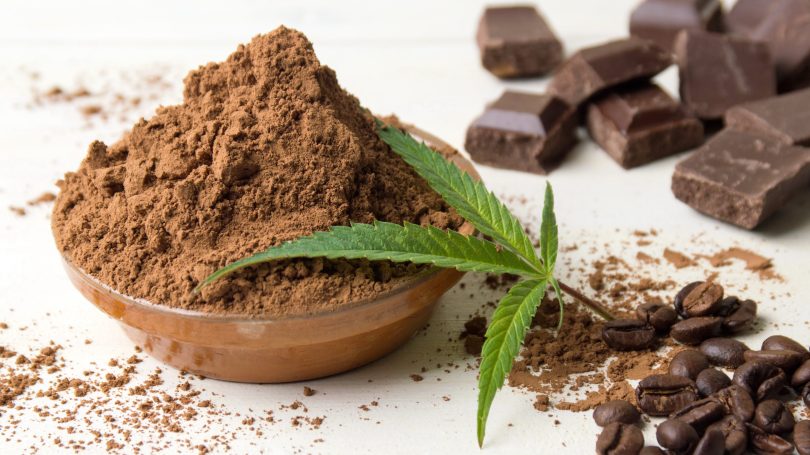When it comes to cannabis products, edibles remain a bit of an enigma. Confusion surrounds various aspects of edibles such has how they work, how much to use, and probably the most important, determining potency.
Because this industry is still in its infancy, very little regulatory oversight exists. With demand outpacing regulatory changes, that inevitably leads to problems – not only human error, but also issues that are more scientific in nature.
Enter the latest dilemma facing the cannabis edibles market: chocolate.
Yes, you read that right. Chocolate… as in sweet, delicious, heart healthy chocolate. According to a new study out of California, chocolate can interfere with cannabinoid testing procedures, specifically when it comes to THC. This can lead to inaccurate THC potency results and [accidentally] mislabeled products.
Scientists from CW Analytical in Oakland tested finely ground milk chocolate samples in two different concentrations, 1,000 milligrams and 2,000 milligrams. They also used different types of solvents, but that proved irrelevant as the readings from the 1,000 milligram samples were consistently higher and more accurate than the readings from the 2,000 milligram samples.
The research team presented these results at the annual American Chemical Society (ACS) Conference. They study has yet to be peer reviewed.
Although they’ve been causing some waves in the cannabis community nationwide, researchers insist that the errors are marginal. So small in fact that it would likely have no impact on consumers at all. Regardless, the Associate Press stirred the pot when they reported that “a chocolate labeled as 10 milligrams of THC could have far more and send someone to the emergency room with hallucinations.”
David Dawson, an organic chemist who discovered the occurrence told Leafly in an interview, “That’s a stretch”. He emphasized that this phenomenon does NOT warrant a public health threat, as other media outlets made it appear.
“The actual chocolate bar might be 5 percent stronger than what the values are,” says Dawson. “[But] it might erroneously trigger a fail for the producers, which might force them to relabel.”
So, the implications of these findings don’t impact consumers alone, companies suffer as well. By California law, all cannabis products must be properly labeled, so producers and retailers can find themselves in hot water if their products are discovered to have more or less cannabinoids than what is advertised.
Although the discrepancy is minimal, these findings beg some questions about the inner workings of cannabis testing and how other every day products can impact lab results. Dawson and his team believe that the levels of fat in the chocolate might be what’s causing this inaccuracy, which could have a huge impact on what kind of edibles the industry should focus on in the future.









